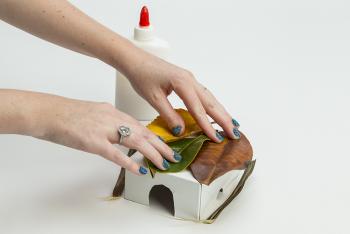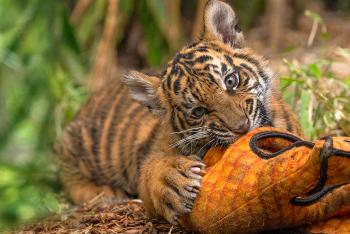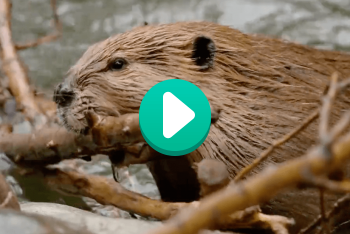
Gardening with cassowaries
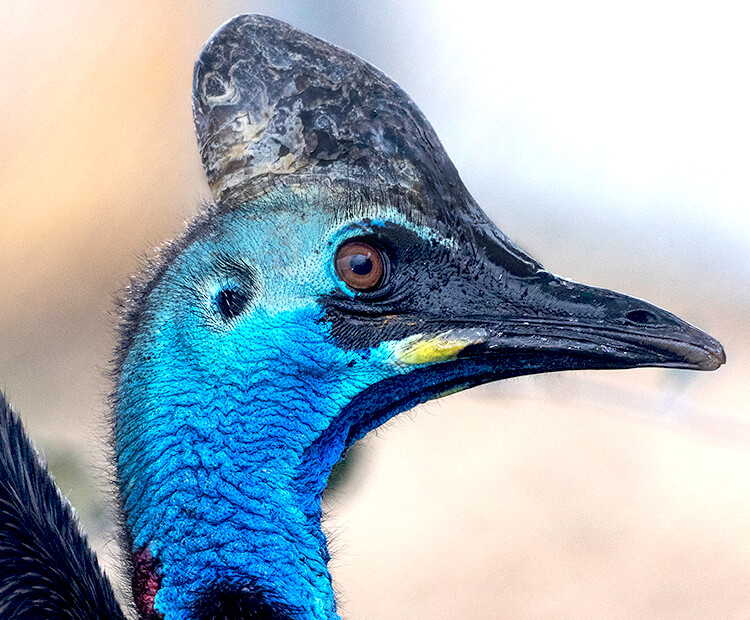
With their helmet-like casques on their heads and the sharp claws on their feet, cassowaries look a little like dinosaur birds ready for battle. But as cool as they look, they are even more important for the role they play in their rainforest homes in Indonesia, Papua New Guinea, and Australia. Are they guards? No. They are gardeners!
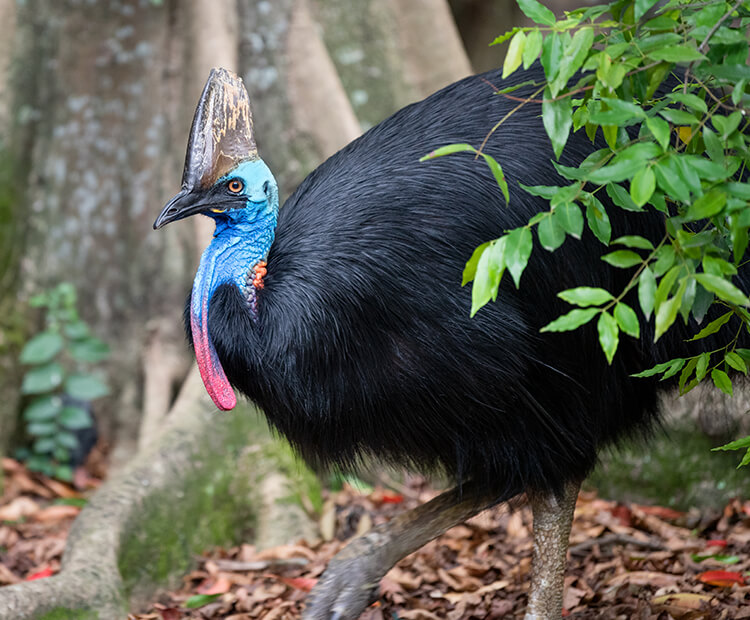
Seeds are good
In the rainforest, trees need to spread their seeds far and wide, in hopes that some of those seeds find a good spot to grow into a mature plant. Because it is rooted in place—and doesn’t have legs, of course—the tree cannot move farther than it can grow. The wind and gravity help spread seeds, but not all seeds. What would really help a tree would be a gardener that the tree can recruit to take care of the seed and plant it in a nice spot. That is what trees find in the cassowary, a gardener that disperses seeds in exchange for a little bit of fruit.
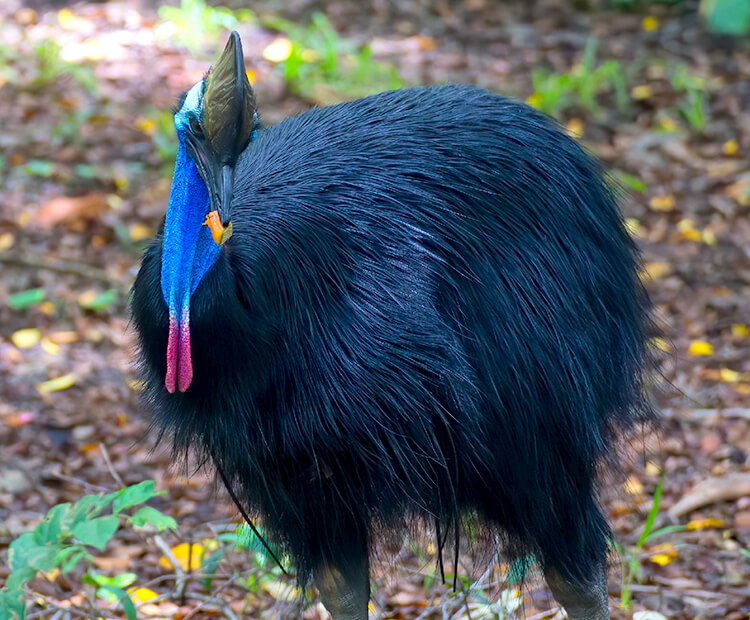
Fruits of their labor
Cassowaries eat fruit and swallow it whole. Their stomach digests the pulp, but the seeds leave their body in their droppings. Without the help of cassowaries, some trees would grow too close together and not do well. They could start to vanish. Seeds “planted” by a cassowary one year grow fruit that feeds the bird in future years. style
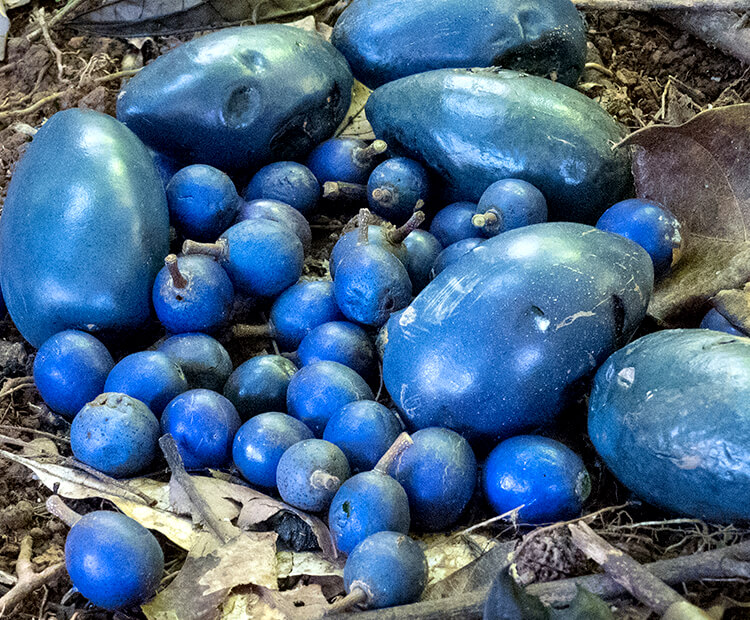
Keystone cassowaries
Because they feed on more than 200 kinds of fruits, cassowaries help maintain a diverse rainforest, providing food for lots of other animals. The bird’s role is so important, it is considered a “keystone” species in its rainforest habitat. That means they provide essential support to many other species in their ecosystem. So, the next time you look at the southern cassowaries at the Safari Park, think about how they help create healthy habitat, just by munching!

